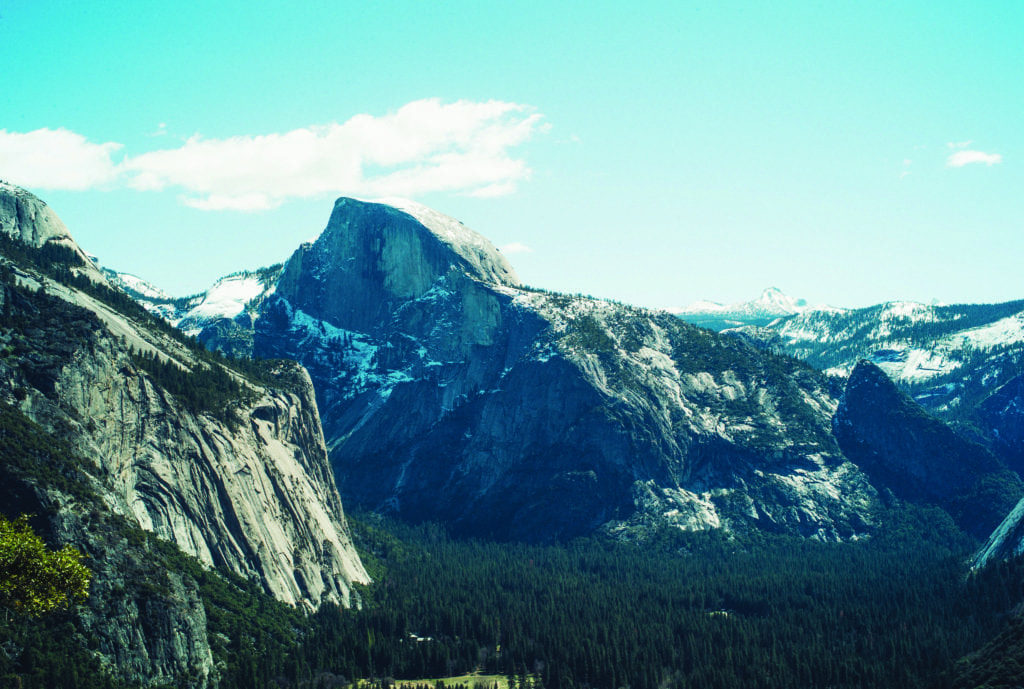Formation of Granite (February 23)


Granite did not need millions of years to form – just the right conditions. Those conditions would have been met in the Flood of Noah’s day. Granite is often formed in plutons, which are huge globs of igneous rock that have crystallized deep underground. It is often said that it takes a long time for these hot magmas to cool. Let’s compare this cooling process to the cooling of a baked potato. If this hot potato was surrounded by a thick blanket, the heat would take a lot of time to work its way to the surface of the blanket. Now suppose we removed the blanket. The potato would cool more rapidly. Now let’s slice the potato. Immediately steam would come out far more rapidly, removing the heat. If we poured ice-cold water on the sliced potato, it would cool even more rapidly.
In the same way, a buried pluton is like that hot potato. If left undisturbed to cool, the heat would slowly move through rock layers to the surface. But if we cracked the rock (through earthquakes during the Flood) and allowed water to move through the rock (which would have been plentiful during the worldwide Flood), this cooling process would have sped up by orders of magnitude. The water would rapidly carry away the pluton’s heat, rapidly cooling the newly formed granite. Granite does not need millions of years to form, just the right conditions. The catastrophic Flood with its violent earth upheavals and massive water movement would have provided those conditions.
Matthew 24:37-39
Reference
From the book “Have You Considered”?
Walker, Tas. August 2003. “Granite grain size: not a problem for rapid cooling of Plutons”. Journal of Creation, 17(2) 49-55.
Learn More
Granite grain size: not a problem for rapid cooling of plutons
Recommended
Book: The Geology Book, Dr. John D. Morris
